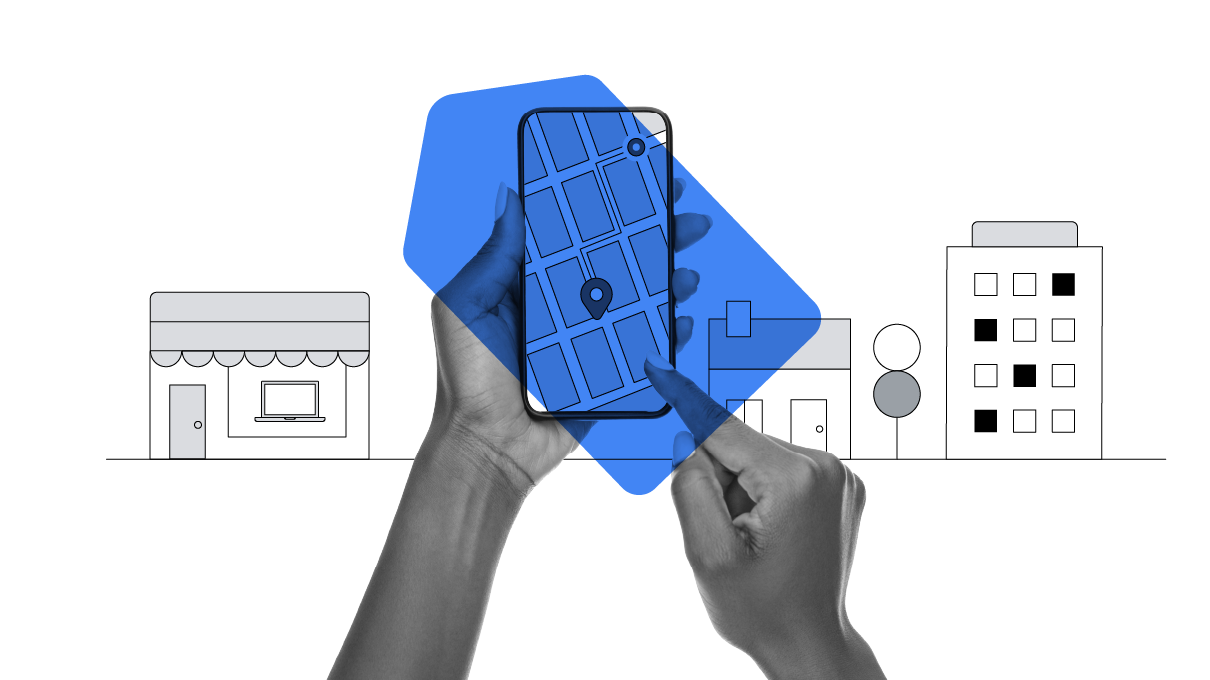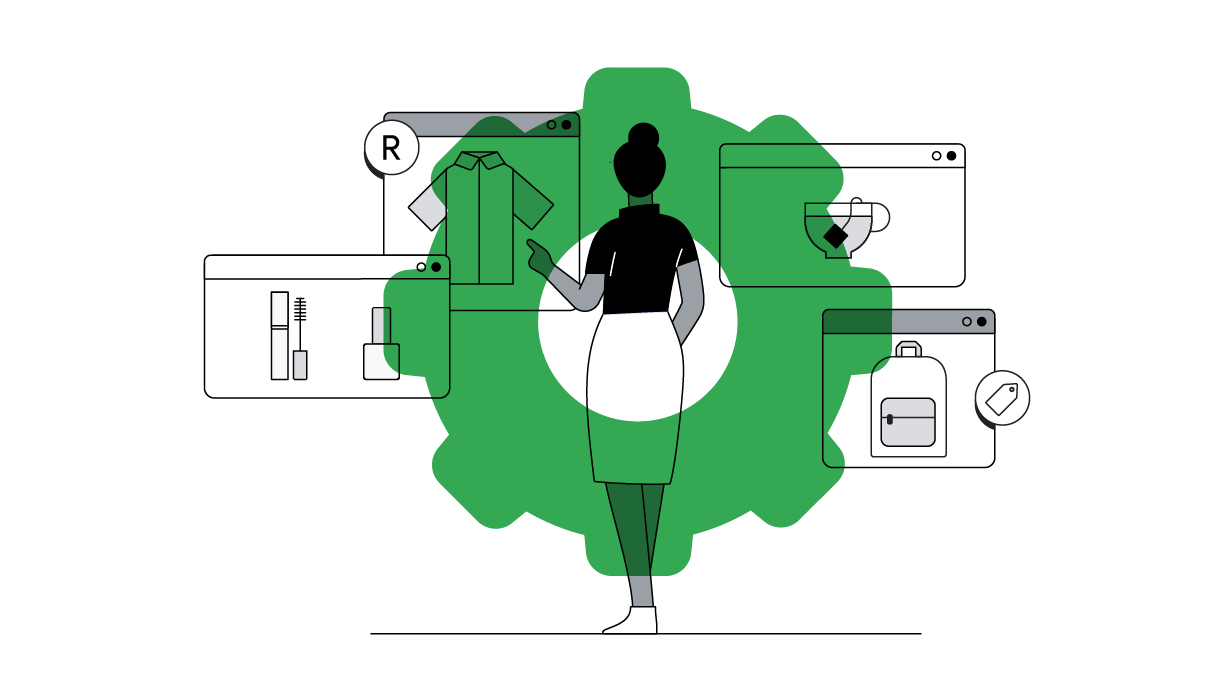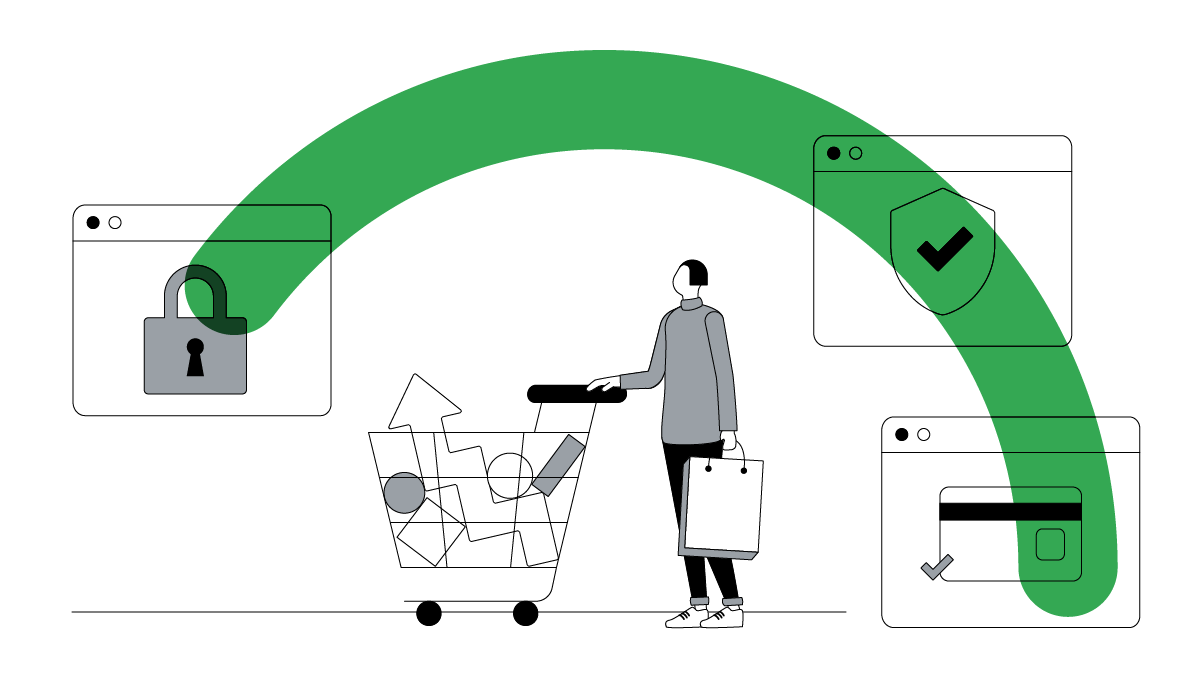By now, we all understand that the pandemic has accelerated digital adoption for both consumers and marketers, including a rise in online video consumption at home. Even as this growth has continued, television has remained a proven media channel for marketers in South Africa thanks to its significant reach.1 But as viewing habits have changed, it’s become more important to understand what the most efficient ways of reaching new audiences are.
New research conducted by Kantar and commissioned by Google found that campaigns planned across both TV and online video streaming services like YouTube deliver better return on investment (ROI) than those run on TV alone. The research assessed multimedia campaigns that aired in South Africa between 2017 and 2019 that range in investment levels from R 10 million to R 138 million, and cover categories including retail, FMCG, finance, telecommunications, and automotive, among others.
By using both platforms in unison, marketers are able to deliver a sum which is greater than the individual parts. The research shows this: YouTube adds 20% reach to TV’s 85%
How to reach audiences more effectively
In South Africa, the vast majority of video ads are made for television. The reason for this is fairly simple: it commands an incredible reach. TV’s reach in South Africa was 82% in 2019, and in the two years before that it fluctuated between the mid to high 80s. Marketers have responded accordingly with TV’s share of investment (dedicated media investment) growing from 40% in 2017 to 44% in 2019.2 But with more and more people watching video-on-demand streaming services, is there an opportunity being missed to reach audiences more effectively?
As it turns out, the answer doesn’t lie in any one media channel but rather a combination of them. By synergistically pairing YouTube and television in your video ad campaign strategy, you open the door to opportunities for incremental and overlap reach gains at cost-effective levels, resulting in 7X more efficient return on investment.3 Essentially, you get the benefit of TV’s large reach and YouTube’s ability to fill in the gaps where TV’s reach is weakening.
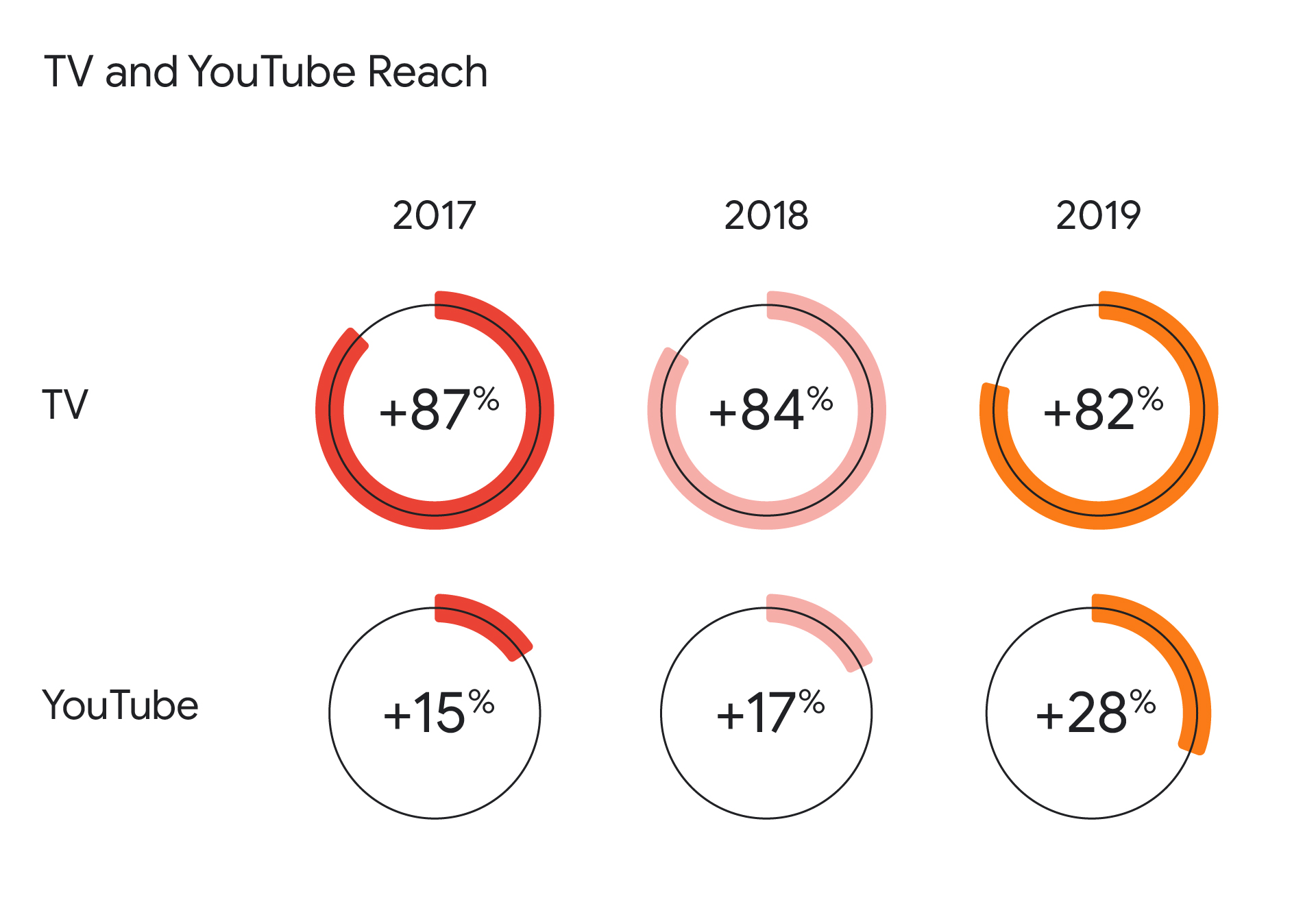
The research found that although YouTube's share of investment is less than 2% (compared to TV's 44%), YouTube's average campaign reach grew by 87% from 2017 to 2019 while TV's reach remained consistent. We also see that YouTube delivers stronger brand ROI (awareness, motivation, and association). In fact YouTube delivers 5X more cost efficient brand ROI when compared to TV.4
Video advertising success relies on synergy
It’s important to remember that this isn’t a case of either or, traditional versus digital. Audiences don’t exist in any one realm, and the most effective marketing ensures that they can receive messages wherever is most convenient for them at the time. So instead of thinking one or the other, think TV plus YouTube. It’s a simple philosophy: ensure your audiences see your ads on multiple platforms while your marketing strategy works to connect messages across touchpoints to amplify impact. In other words, media and creative need to work together to drive success.
The effects of this synergistic efficiency would not happen if audiences had been exposed to just TV or YouTube individually. By using both platforms in unison, marketers are able to deliver a sum which is greater than the individual parts. The research shows this: YouTube adds 20% reach to TV’s 85%.5
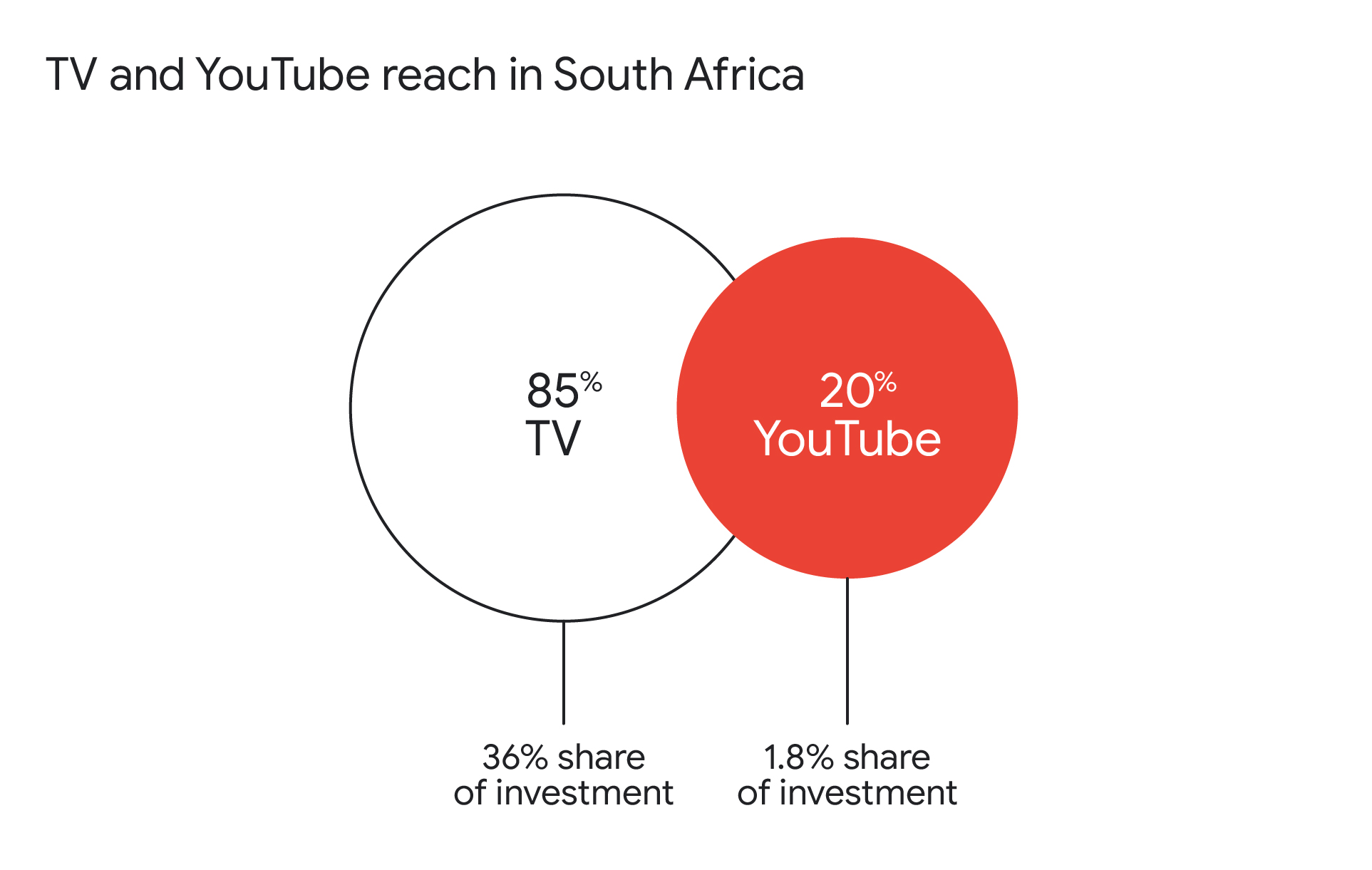
Integrated campaigns maximise ROI through overlap reach
A synergistic strategy has a direct impact on ROI: integrated campaigns with customised creatives lead to +67% higher impact.6 For this to really pay off, ensure that the quality of your creative concept and execution is optimised for both campaign synergy and the intended touchpoints. In other words, make sure that the message you’re communicating is clear and consistent across platforms in order to get the most potential for overlap gains in reach.
Media and creative need to work together to drive success
Say your creative concept has to do with advertising a new pair of sneakers to Gen Zs as the next big trend for the season. You could execute that in several ways. For YouTube, you could go with a six-second bumper ad that teases the product, a 20-second spot that highlights key features, and a 90-second version that deep dives into reasons to believe. For TV, you could go with a 30-second commercial that gives a general overview.
The key is to ensure that the next big trend message is clearly communicated across all formats so that no matter where the consumer sees the ad, the campaign's overlap reach potential is maximised.
How to plan a synergised campaign
The purchase decision-making process is inherently a messy one and so we know that consumers don’t make a decision off of viewing any one ad, no matter the length or platform it appears on.
The research shows that the best way to plan for optimised reach across platforms, is to plan for a minimum of 30% reach on YouTube with a frequency of four (the number of times a consumer sees the same ad) and be very deliberate to run a YouTube campaign alongside TV with the same messaging.7 By basing your strategy on both the large reach of TV as well as granularity YouTube provides, you give consumers the time that they need to make that all important purchase decision.
Download the full report below.

